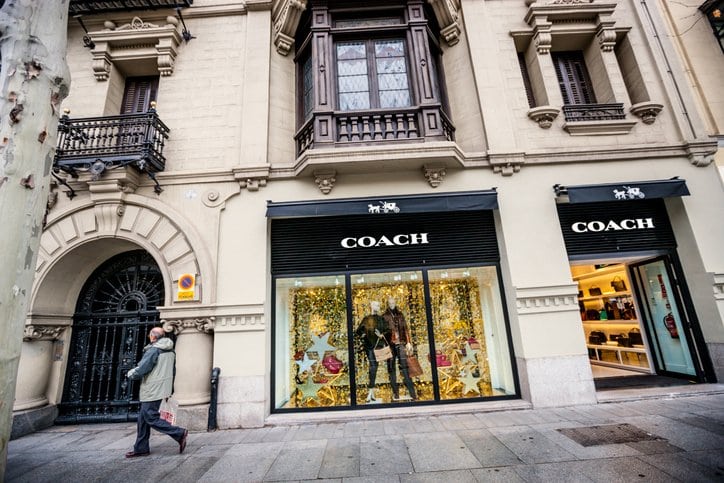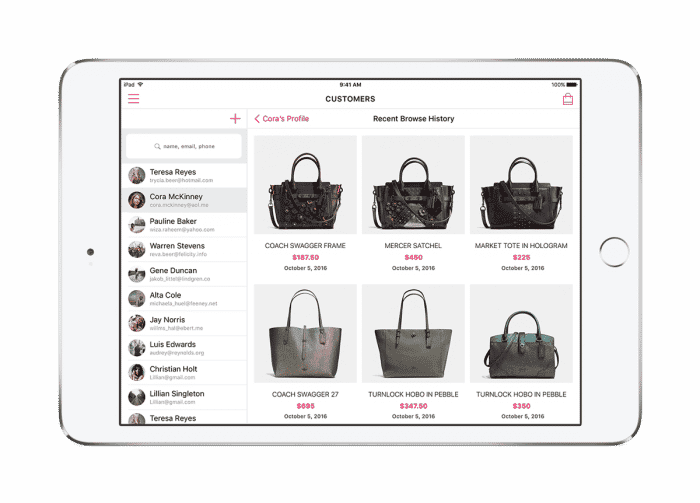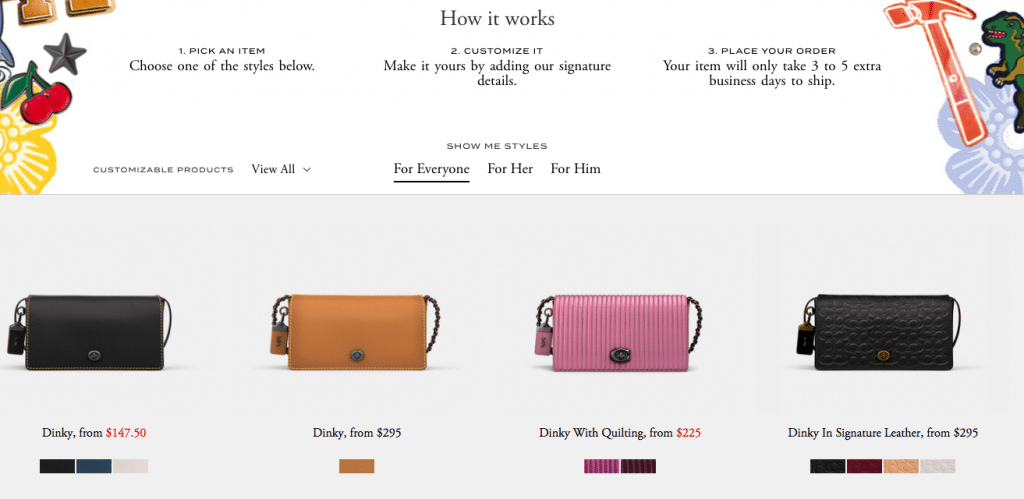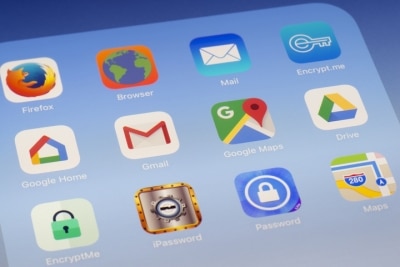Article
3 Things That Set Coach’s In‑Store Shopping Experience Apart
July 16, 2018

It’s 2018. Nobody needs to go to a physical store anymore to purchase staples like eggs and toilet paper. There’s even less of an incentive to go out and buy, say, a Coach bag, which Srinivasan Rajamanickam, the brand’s Senior Director of Technology, Strategy & Architecture, is the first to admit nobody needs in the first place.
“Think about when you go to Disneyland. That’s an experience that stays with you,” he says during a presentation at Worldwide Business Research’s Future Stores event in Seattle. “For a brand like Coach, which sells things you want, we have to create those kinds of experiences in the store.”
In other words, people go to the Coach store because shopping there is fun. It’s also increasingly personalized, providing an experience that makes people feel special, both online and in-store.
1. Concierge-Level Customer Service
One challenge digital transformation presents to retailers is that anyone can buy anything anywhere at any time. Coach bags are even available on Amazon. To Rajamanickam’s initial point, good experiences are what keep people coming back. And sales associates are tasked with providing that.

“They’re brand ambassadors. They’re knowledgeable and passionate, and they have all the things that ensure customers’ happiness in the palm of their hands,” he says.
Retailers have long used clienteling, the practice of sales associates building personal relationship with customers. By embracing a customer as his or her personal client, the sales associate treats her like a VIP, letting her know when new merchandise she might like is in or just wishing her a happy birthday. This engenders loyalty and fosters more of a relationship. Birthday emails have higher-than-average open rates anyway; those sent not from Coach, but from “Jessica at Coach” have the added bonus of being from someone you know personally.
2. Coach Create
Personalization is no longer a nice-to-have for retailers; it’s absolutely imperative. According to Accenture, consumers are 56% more likely to buy from a brand that recognizes them by name, the lowest-hanging fruit on the personalization tree. In October, Coach ‘Created’ a way for shoppers to personalize products.
With Coach Create, consumers pick a base item, whether it’s a bag, a pair of sneakers or a wallet. From there, they can customize it in a million different ways, changing the colors and straps, and adding various embellishments.

This feature lives on Coach’s website, of course. But since sales associates are armed with iPads, in-store shoppers can also build their own bags.
3. Providing Consistency
Another way Coach personalizes in-store shopping is making sure it’s consistent with what people experience online, from pre-search to purchase. For one thing, that means having the same pricing and promotions everywhere. MIT research found that retailers have inconsistent prices across channels about 30% of the time. But as Rajamanickam says, “A customer doesn’t care about channels; she cares about the brand.”
A better deal online could drive people out of the store and onto the Internet, which could have a domino effect. Ecommerce is seamless, but often lacks the human touch necessary to truly connect with a customer.
Consistency improves trips to the store, which is ultimately where retailers are able to make sure they’re providing the best possible shopping experience.
Learn more here about the benefits of creating a personalized web experience for your customers and how that can supplement their in-store experience.
The State of Brand Loyalty in the U.S. in 2023
Related



